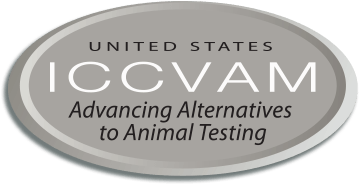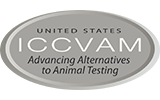Derivation of an adverse outcome pathway linking VEGF and cardiotoxicity
Dysregulation of VEGF and its receptor VEGFR contributes to the development of atherosclerosis and cardiovascular disease. This makes the VEGF pathway a potential target for cardiovascular risk assessment of pharmaceuticals and environmental chemicals. AOPs represent a logical sequence of biological responses that contribute to toxicity phenomena and are useful in informing chemical risk assessments. The advent of high-throughput screening (HTS) has made available large-scale in vitro bioassay data that provides mechanistic information that can help assess chemical toxicity and identify AOP molecular initiating events. This in turn can enable the development of human-relevant new approach methodologies (NAMs) for assessing toxicity without the need for extensive animal experimentation. NIEHS scientists applied AOP frameworks to gain a better understanding of the relationship between VEGFR signaling and the development of atherosclerosis. A data-driven approach was developed to find environmental chemicals linked to the bioactivity of the VEGF signaling pathway, and to investigate their links to other regulatory proteins like estrogen receptor alpha and endpoints like atherosclerosis. ToxCast, Tox21, and PubChem data were evaluated to obtain bioprofiles of 4,165 compounds with bioactivity in assays targeting different VEGFR. An AOP hypothesis was developed by coupling the mechanistic relationships highlighted by HTS data with literature review findings. These linked estrogen, serotonin, and vasopressin receptor targets with VEGFR activity mediated by several endocrine-disrupting chemicals, such as bisphenols, triclosan, dichlorodiphenyltrichloroethane, and polychlorinated biphenyls. Structure-based clustering was performed on relevant bioactive chemicals to evaluate potential molecular initiating events and analyze associations with use-case classes. Computational toxicology profiling of in vitro HTS bioassay facilitates the development of mechanism-driven AOPs and associated chemical perturbants to better understand the link between environmental chemical exposures and potential adverse cardiovascular outcomes. A paper describing this project is in preparation for submission in 2024.



